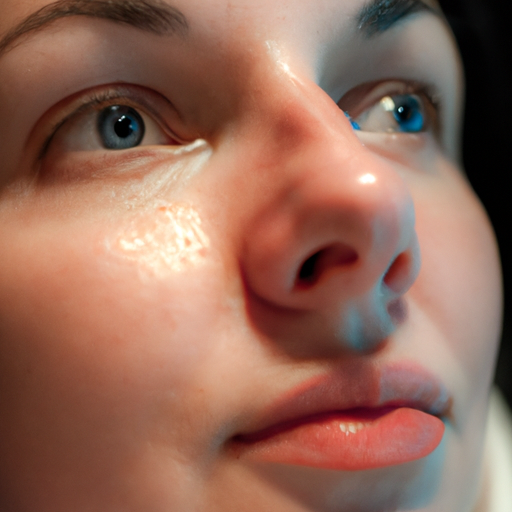Unmasking Radiance: The Ultimate Guide to Face Exfoliation
Exfoliation is a vital part of any skincare routine, and it plays a crucial role in unmasking the radiance of your skin. It involves the removal of dead skin cells from the surface of your skin, which not only unclogs pores but also makes your skin look brighter and smoother. However, the process of exfoliation is not as simple as it seems. It requires knowledge about different types of exfoliants, understanding your skin type, and knowing the right technique. This article aims to provide an ultimate guide to face exfoliation.
There are two main types of exfoliants – physical and chemical. Physical exfoliants are products or tools that physically scrub away dead skin cells. They include facial scrubs with tiny granules, brushes, and sponges. On the other hand, chemical exfoliants use acids or enzymes to loosen and remove dead skin cells. They include products containing alpha hydroxy acids (AHAs), beta hydroxy acids (BHAs), and enzymes.
Knowing your skin type is essential in choosing the right exfoliant. For sensitive skin, a gentle chemical exfoliant like lactic acid would be ideal. If you have oily or acne-prone skin, a BHA like salicylic acid can help unclog pores. For normal to dry skin, an AHA like glycolic acid can help hydrate and remove dead skin cells.
The frequency of exfoliation depends on your skin type and the type of exfoliant you’re using. Generally, it’s safe to exfoliate 1-3 times a week. However, if you’re using a gentle chemical exfoliant, you can use it daily. Over-exfoliation can cause irritation and damage your skin barrier, so it’s crucial to find the right balance.
The technique of exfoliation is also important. If you’re using a physical exfoliant, apply it on damp skin and gently massage in circular motions, avoiding the eye area. Rinse thoroughly and pat dry. If you’re using a chemical exfoliant, apply it on clean, dry skin and leave it on as directed by the product instructions. After exfoliation, always apply a moisturizer to hydrate your skin and a sunscreen if you’re going out during the day as exfoliation can make your skin more sensitive to the sun.
Exfoliation can bring numerous benefits to your skin. It can help improve skin texture, reduce the appearance of pores, and enhance the absorption of other skincare products. It can also stimulate collagen production, which can help reduce the appearance of fine lines and wrinkles.
However, it’s important to note that exfoliation is not for everyone. If you have skin conditions like rosacea or eczema, or if your skin is inflamed or sunburned, it’s best to avoid exfoliation as it can worsen your condition. Always consult with a dermatologist if you’re unsure about incorporating exfoliation into your skincare routine.
In conclusion, face exfoliation is a powerful tool in unmasking your skin’s radiance. By understanding the types of exfoliants, knowing your skin type, and mastering the right technique, you can effectively and safely exfoliate your skin. Remember, the goal of exfoliation is to reveal healthier, brighter skin – not to cause irritation or damage. So always listen to your skin and adjust your exfoliation routine accordingly.



